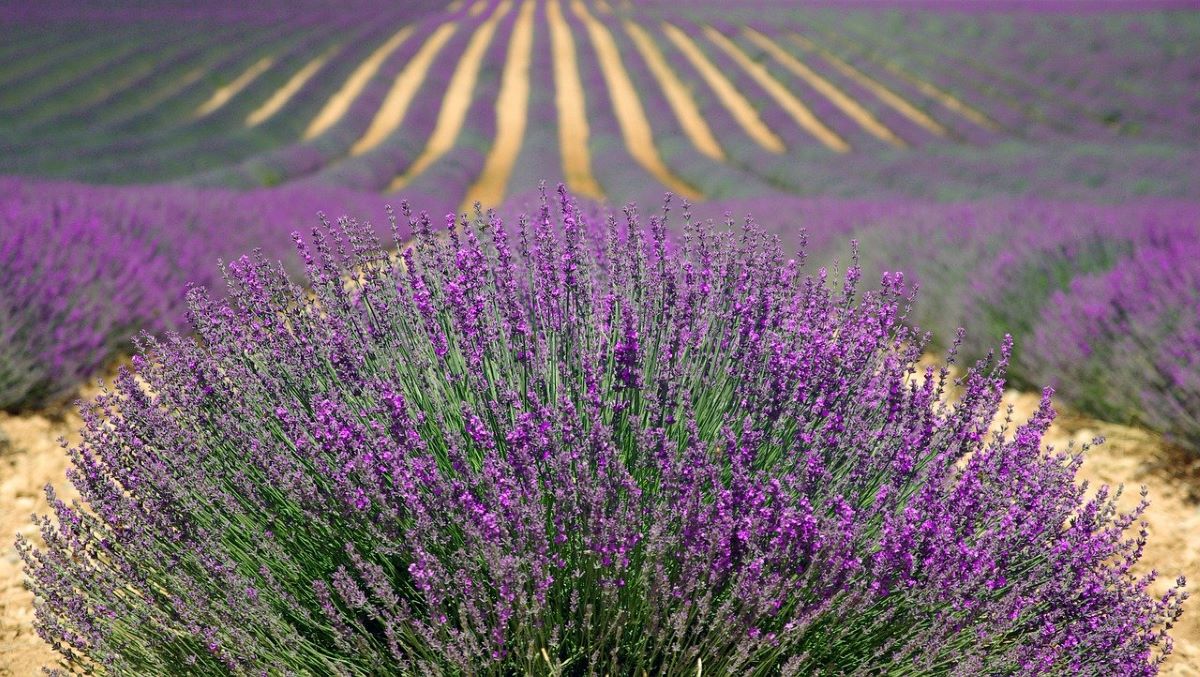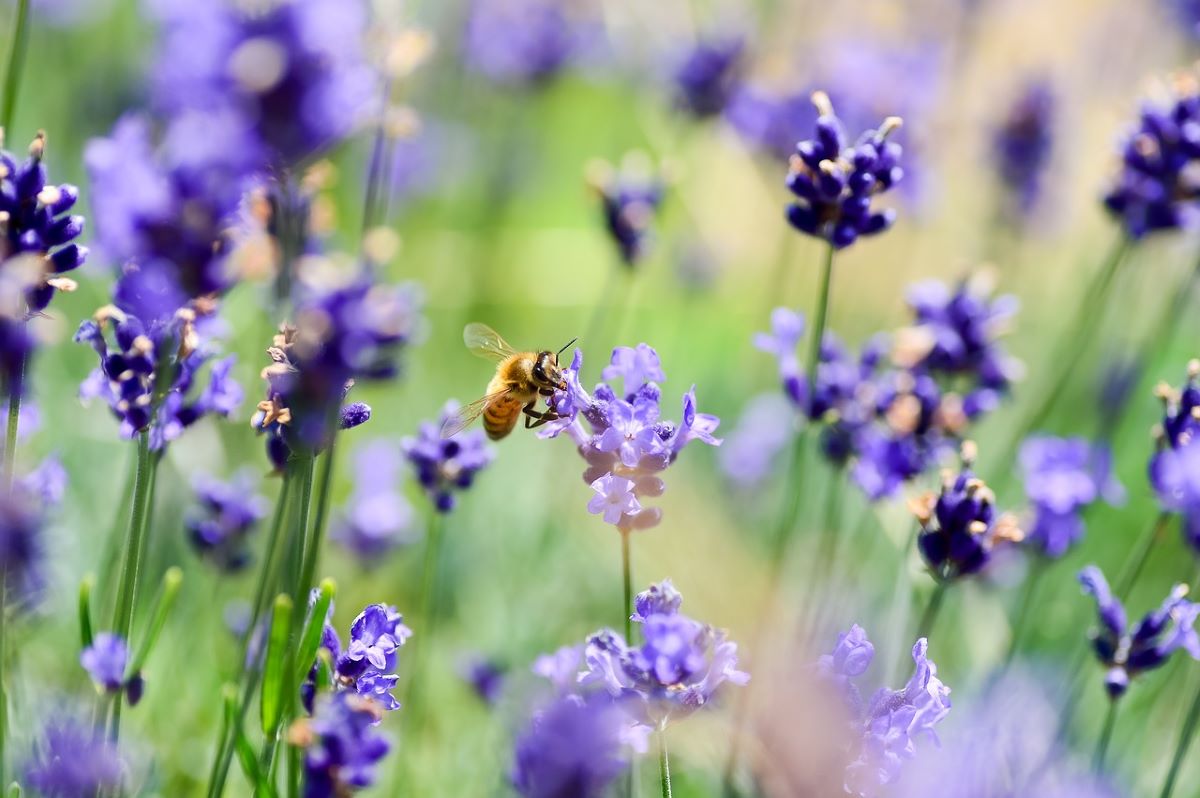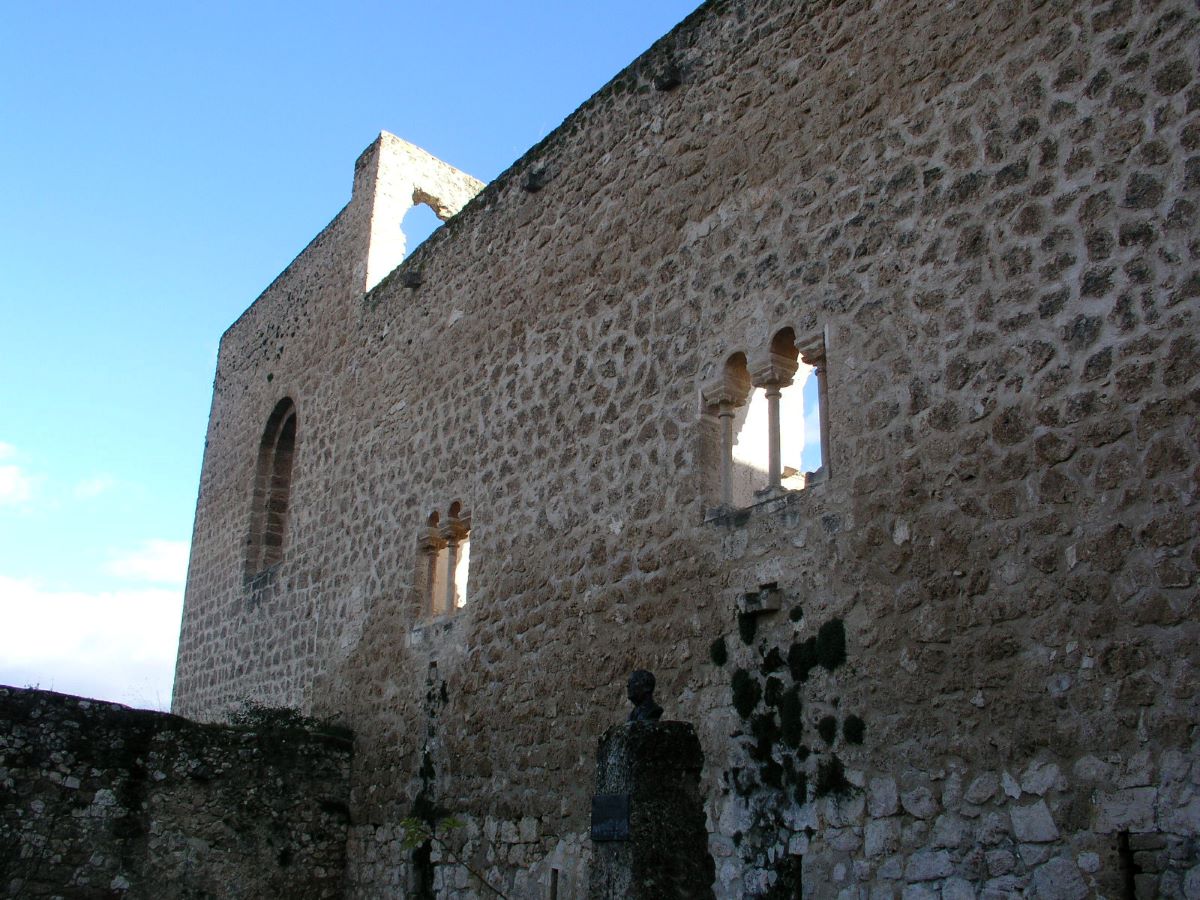
Image | Pixabay
For a long time, the lavender fields of Provence have been a very important tourist destination for lovers of rural tourism, nature and photography. Every year they attract thousands of visitors in search of the best purple sunsets as well as the best experiences in the charming villages of the region.
But for years it is not necessary to travel to France to enjoy the lavender fields. In Spain we have imitated our neighbors with the cultivation of this wonderful aromatic plant with soothing properties. A little more than 45 minutes from Madrid is Brihuega, a beautiful Alcarrian village that during the month of July could seem like just another town in French Provence.
During the summer, the moment of maximum flowering occurs for the almost a thousand hectares of lavender plantations that surround the town and its region, which offers a unique landscape of purplish and bluish tones in the heart of Guadalajara. Brihuega is not Provence but it has become a symbol that has even led to a cultural festival. A marvel!
How to get to Brihuega?
Brihuega is located in the western part of the province of Guadalajara, located on the lower slope from the Alcarreña plain to the Tajuña river valley. It is located 33 kilometers from Guadalajara, 90 from Madrid and 12 kilometers from Highway N-II. To the southwest of the province of Guadalajara and on the left bank of the Henares river, the region of La Alcarria is located, being for many its capital Brihuega.

Image | Pixabay
Origin of the lavender fields of Brihuega
Brihuega has always been a town of farmers and ranchers that also had some industry as it was the headquarters of the Royal Cloth Factory, which was active until after the Spanish Civil War. Over the years, the economic situation began to falter and many Alcarrians emigrated in search of better job opportunities.
It was then that a local farmer named Andrés Corral made a trip to French Provence and discovered the lavender fields and their possibilities. Due to the characteristics of the plant, he understood that it was ideal to be cultivated in Brihuega and he embarked on the adventure of cultivation together with his relatives and a perfumer. They also built a lavender essence distiller plant that produces 10% of world production and is considered the best equipped in Europe.
This project created many jobs in the region and resulted in the revitalization of a region that was beginning to go into recession.

Image | Pixabay
Brihuega Lavender Festival
What started as an event between friends has become an event to enjoy a unique gastronomic and musical experience in an incomparable setting. It is celebrated at the beginning of the lavender harvest and lasts for two days. The Brihuega City Council organizes guided tours which include bus transportation from the city's María Cristina park, every weekend in July.
Once the Lavender Festival is over, millions of flowers are collected and then passed through the stills, extracting their essence and becoming part of the most exclusive perfumes and essences on the market.

Image | Wikipedia
What to see in Brihuega?
Brihuega is nestled in the valley of the Tajuña river where the greenness of the plain has earned it the nickname of Jardín de la Alcarria thanks to its rich orchards and beautiful gardens. The walled town of Brihuega was declared a Historic-Artistic Site because of its cultural heritage.
Its wall dates from the XNUMXth century and centuries ago its walls completely defended the city. Its current enclosure is huge, almost two kilometers long. Its doors, that of the Ball Court, that of the Chain or the Arch of Cozagón, open up to its secrets and the history of the town.
The Castillo de la Piedra Bermeja is located in the south of the town. On top of the original Muslim fortress, Romanesque-style rooms were added in the XNUMXth century and later the transitional Gothic-style chapel was built.
Its religious monuments take us into the details of the late Romanesque and the distinctions of the Gothic throughout its journey: Santa María de la Peña, San Miguel or San Felipe illustrate it. The remains of San Simón are a Mudejar jewel that lay hidden behind multiple buildings.
Among the civil buildings are the town hall and the prison, Renaissance houses such as those of the Gómez and others in the new neighborhoods and San Juan. But without a doubt, the civil monument par excellence is the Real Fabrica de Paños, the hub of Brihuega's industrial activity and whose gardens from 1810 honor the nickname of this town.